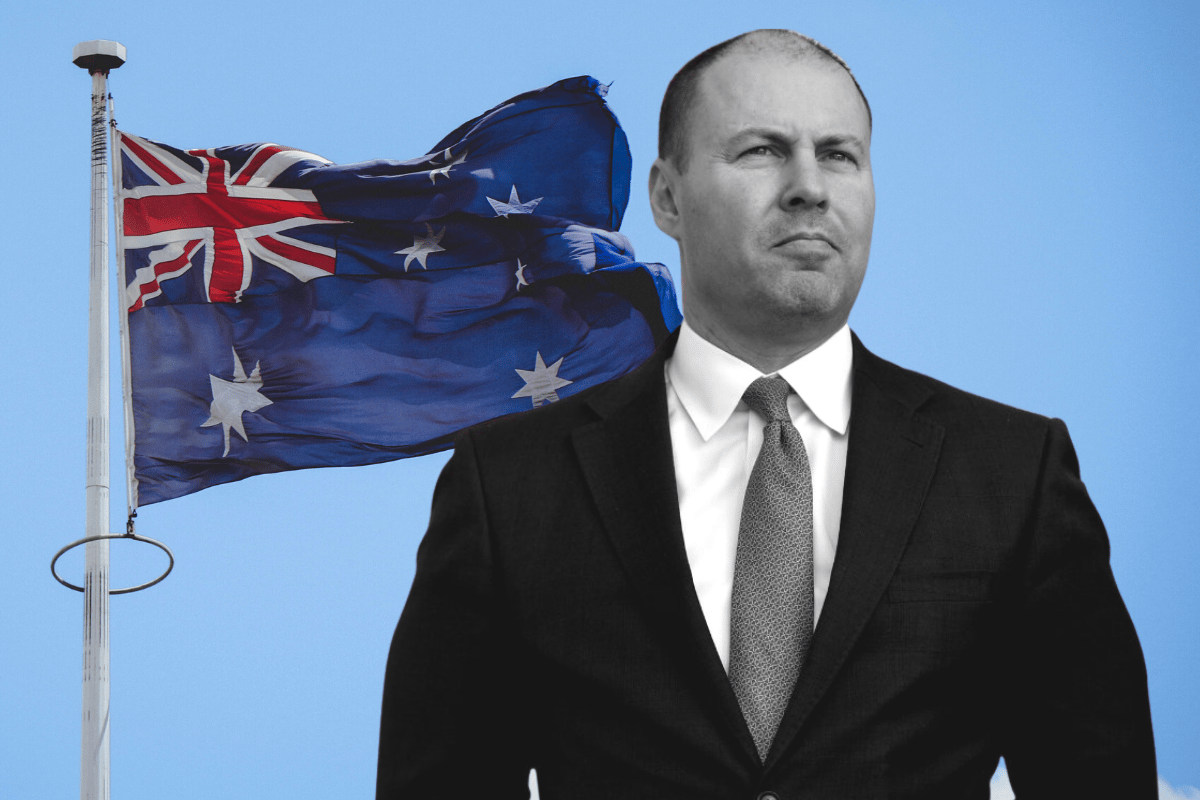
All eyes were on Treasurer Josh Frydenberg tonight as he announced the 2022 Australian Federal Budget.
With an election around the corner, the Morrison Government was keen to provide voters with confidence.
Budgets usually set out spending for the next financial year beginning July 1, but this year's budget is a pre-election budget. So any measures that were announced by Frydenberg only come into effect if the Liberal Government wins the federal election.
"Tonight, as we gather, war rages on in Europe. The global pandemic, devastating floods that have battered our communities. We live in uncertain times. The last two years has been tough for our country. We have overcome the biggest economic shock since the Great Depression. Our economic recovery is the strongest in the world," Frydenberg said.
Watch Treasurer Josh Frydenberg discuss women in the workforce. Post continues below.
The pre-election budget will also see the government try to counter surging cost-of-living concerns.
"A strong economy means a stronger budget. We are building an even stronger, more secure and confident Australia where aspiration and enterprise are encouraged and rewarded, and families have greater flexibility and choice," Frydenberg said.

Top Comments